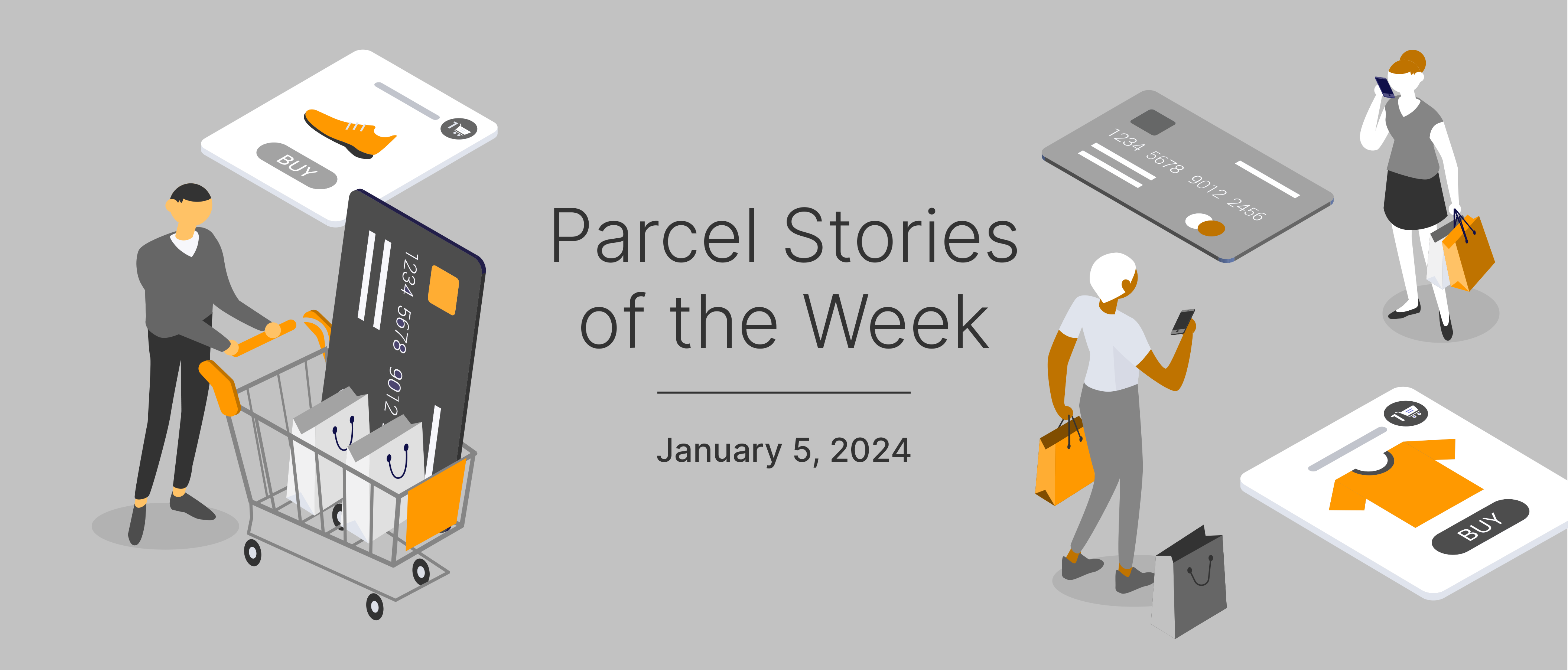This week in parcel, Amazon’s footprint and the importance of cross-border ecommerce grow, while retailers look to combat return losses.
Cross-border ecommerce is here to stay
Cross-border ecommerce has surged over the last four years. By 2030, the B2C ecommerce market is expected to increase nearly sixfold.
With cross-border ecommerce becoming crucial to a company’s success, Parcel Industry shared its top trends to improve the cross-border delivery experience. Here are our favorites.
- Balance speed and cost
Parcel advises that retailers should be aware of their carrier options. Several options range from faster but higher cost carriers to lower cost but slower service carriers. Choose which carrier works best with the products you offer.
- What is the on-time performance?
Can your carrier deliver products on time consistently? Investigate their performance by service and country before deciding on a carrier.
Our take: Cross-border delivery is a challenge, but it’s one that’s worth the effort to overcome.
Amazon’s logistics and delivery services grew in 2023
The ecommerce giant expanded past its website last year and introduced services to compete with larger established logistics companies.
In addition to adding a parcel shipping service for non-Amazon sales, it enhanced its fulfillment network to improve speeds and reduce costs. The parcel service, named Amazon Shipping, looks to compete with FedEx and UPS directly.
The company also added end-to-end supply chain services, allowing sellers to let Amazon manage their logistics.
Amazon did experience a slowdown in its expansion efforts, however, after the FTC sued for anticompetitive practices in September.
Our take: It is yet to be determined whether Amazon can become a legitimate alternative to UPS and FedEx. But the threat is there, and it is one more factor that makes it a buyer’s market for shippers when renegotiating parcel contracts.
Find all of Amazon’s additions here.
Wardrobing and fraud add to retail troubles
Wardrobing and fraud cost retailers $743 billion in 2023, according to a report by the National Retail Federation and Appriss Retail.
Retailers saw a 14.5% overall rate of return in 2023, and online retailers saw an even higher 17.6% rate of return. Return fraud added over $100 billion to retailers’ losses. Used non-defective merchandise was cited as the most popular type of return fraud.
Retailers are testing new ways to lower costs without sacrificing the customer experience to combat return losses. From adding more details to the product to requiring receipts with returns, retailers believe these methods can reduce online and in-store returns.
Our take: It’s that time of year again . . . returns season. It may be too late to change much right now, but this article is a good reminder of how important returns are to the customer experience and a company’s margins.
Read more here.


